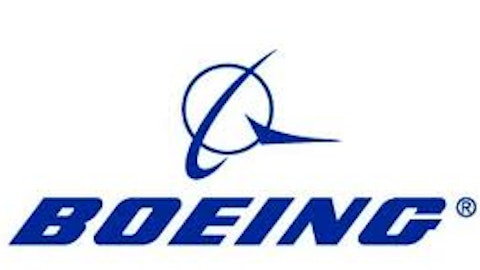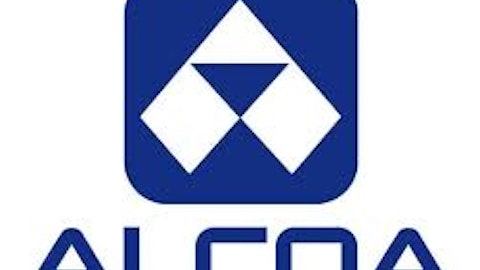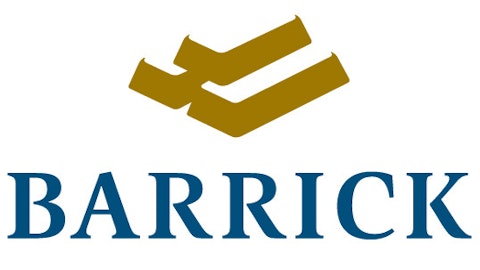Enterprise value is a measure of a company’s value. Often thought of as the theoretical takeover price, enterprise value is an alternative to straightforward market capitalization and is a “sum-of-the-parts” calculation. Enterprise value is based on the fact that in the event of a take-over an acquirer would have to take on the company’s debt but would pocket the cash.
To calculate enterprise value, the following calculation is used:
Common equity at market value (the current market cap.)
+ Preferred stock at market value
+ Minority interest at market value
+ Debt at market value
+ Unfunded pension liabilities and other debt liabilities
– Associates at market value
– Cash and equivalents.
How this useful?
For investors looking for value investing opportunities, enterprise value can be a useful method of finding companies that are undervalued or prospective takeover targets.
Enterprise value can also be used in-place of the price-to-book ratio. Indeed, a discount to enterprise value is a more realistic valuation of a company’s worth than the price-to-book ratio as the price-to-book ratio includes cash in its calculation, but ignores the value of the company’s debt and in a takeover attempt, the debt would have to be acquired.
Obviously, a company that is consistently trading below its enterprise value is a very attractive takeover target, and presents an opportunity for value investors.
But in this strong market surely there are no opportunities?
Surprisingly, there are still plenty of companies that are trading below their enterprise values and most of them are not in the basic materials sector (which is currently trading on a stupidly low valuation.) However, each company does have a reason for being cheap and undervalued, but in my opinion, as they are trading below their enterprise values, the downside is limited.
The world’s largest mining equipment manufacturer
Like mining companies, equipment manufacturer Caterpillar Inc. (NYSE:CAT) has fallen out of favor with the market recently due to worries over slowing Chinese growth. However, at its current price the company is trading way below its enterprise value — 63% below its indicative enterprise price to be exact.
| Company | Enterprise Value | Market Cap. | Shares Outstanding | Enterprise Price | Current Price | Potential Upside |
|---|---|---|---|---|---|---|
| Caterpillar | $89,675 | $55,070 | 655.048 | $136.90 | $82.70 | 65.5% |
Figures in $US and millions where applicable
The calculation:
| Metric | Value |
|---|---|
| Common equity (market value) | $54,972 |
| Add: Noncontrolling interests (per books) | $50 |
| Total equity | $55,022 |
| Add: Short-term borrowings (per books) | $5,287 |
| Add: Long-term debt due within one year (per books) | $7,104 |
| Add: Long-term debt due after one year (per books) | $27,752 |
| Total equity and debt | $95,165 |
| Less: Cash and short-term investments | $5,490 |
| Enterprise value | $89,675 |
Figures in $US millions
Adding debt and removing cash from Caterpillar Inc. (NYSE:CAT)’s market cap leads to an enterprise value of $89.675 billion or an indicative value of $136.9 billion. Overall, this is not a completely unrealistic valuation for the company. Indeed, the company’s share price hit a high of $116 at the beginning of 2012.
Oil & gas drilling
Rowan Companies PLC (NYSE:RDC) has not been a market favorite for some time, and has been trading below the value of its assets for the majority of the past year. This presents an opportunity, as Rowan Companies PLC (NYSE:RDC) is a relatively small drilling company which has been the subject of much takeover speculation. As the company is currently trading at a discount to its enterprise value, a buyout could be a very real possibility.
| Company | Enterprise Value | Market Cap. | Shares Outstanding | Enterprise Price | Current Price | Potential Upside |
|---|---|---|---|---|---|---|
| Rowan Companies | $5,344 | $4,190 | 123.22 | $43.37 | $34.21 | 26.77% |
Figures in $US and millions where applicable
The calculation:
| Metric | Value |
|---|---|
| Common equity (market value) | $4,212 |
| Add: Noncontrolling interests (per books) | $142 |
| Total equity | $4,354 |
| Add: Loans payable and current portion of long-term debt (per books) | $0 |
| Add: Long-term debt, excluding current portion (per books) | $2,009 |
| Total equity and debt | $6,363 |
| Less: Cash and cash equivalents | $1,019 |
| Less: Short-term investments | $0 |
| Enterprise value | $5,344 |
Figures in $US and millions
50% of Rowan Companies PLC (NYSE:RDC)’s net debt position is offset with cash, although this still means the company’s enterprise value is almost $1 billion or 26.8% higher than its current market cap. Due to Rowan Companies PLC (NYSE:RDC)’s size, a takeover is not an unrealistic possibility and with an indicative enterprise value of $43.40 per share, investors could receive a decent premium for their shares at current prices.
A pharmaceutical company
Pharmaceutical companies usually trade at a premium to their enterprise values due to their defensive natures. Indeed, it is almost impossible to find a company in the sector that trades below its enterprise value. Having said that, Merck & Co., Inc. (NYSE:MRK) does appear to offer a very rare opportunity.
| Company | Enterprise Value | Market Cap. | Shares Outstanding | Enterprise Price | Current Price | Potential Upside |
|---|---|---|---|---|---|---|
| Merck & Co. | $151,340 | $144,450 | 3022 | $50.08 | $47.20 | 6% |
Figures in $US and millions where applicable
The calculation:
| Metric | Value |
|---|---|
| Common equity (market value) | $144,469 |
| Add: Noncontrolling interests (per books) | $2,443 |
| Total equity | $146,912 |
| Add: Loans payable and current portion of long-term debt (per books) | $4,315 |
| Add: Long-term debt, excluding current portion (per books) | $16,254 |
| Total equity and debt | $167,481 |
| Less: Cash and cash equivalents | $13,451 |
| Less: Short-term investments | $2,690 |
| Enterprise value | $151,340 |
Figures in $US millions
One item that is not included in Merck & Co., Inc. (NYSE:MRK)’s market value is the company’s noncontrolling interests, which in themselves are worth $2.4 billion or, $0.80 per share. Adding noncontrolling interests and debt to Merck & Co., Inc. (NYSE:MRK)’s current market value, while removing cash, leads to an enterprise value of $151.34 billion, an indicative value of $50.08 per share, a potential upside of 4.3%.
Conclusion
Enterprise value is an alternative way of valuing a company and the total value of its assets. The resulting figure can be used to establish if the company is over/undervalued compared to its current market valuation. The three companies above are all currently trading below their enterprise values and as a result, look cheap and offer a potential opportunity for value investors.
The article Finding More Opportunities Based on Enterprise Value originally appeared on Fool.com and is written by Rupert Hargreaves.
Fool contributor Rupert Hargreaves owns shares of Caterpillar. The Motley Fool has no position in any of the stocks mentioned. Rupert is a member of The Motley Fool Blog Network — entries represent the personal opinion of the blogger and are not formally edited.
Copyright © 1995 – 2013 The Motley Fool, LLC. All rights reserved. The Motley Fool has a disclosure policy.





